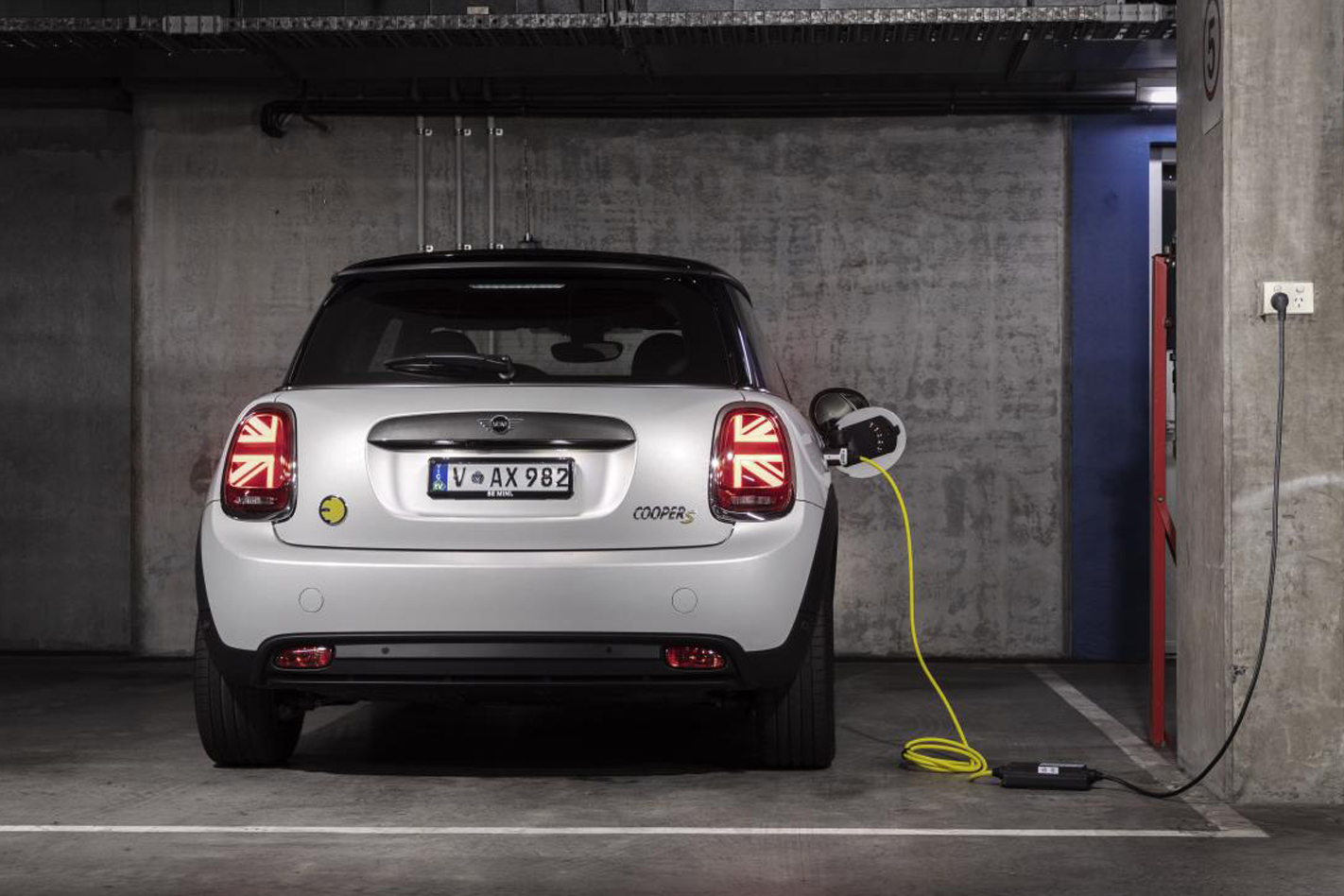UPDATE: New, comprehensive guide published
Since this story went live, we have published a more comprehensive guide to both home and public charging, along with an explainer on the different plug types seen in Australia. Get the full story at the link below.
Story continues
So you want to buy an EV? Okay, we are going to guess you’ve got a garage or driveway, you park on the street, or you live in an apartment complex. One of the three, anyway.
If you have a garage or driveway, you can plug the car into a conventional 240v wall socket using the supplied charging cable. However, these cables are more intended for emergency recharging and are the slowest by a considerable margin. The typical maximum current from a wall socket (2.4kW) is about half as powerful as a dedicated ‘wall charger’.
One of these is really mandatory if you want your car fully charged at the start of each day. Wall chargers cost between $1000 and $2500 with installation by a licensed electrician an additional $1000 or so. A 7.2kW wall charger will give about 30-50km of range per hour depending on the car, so you may not even need to plug the car in every day, depending on use.
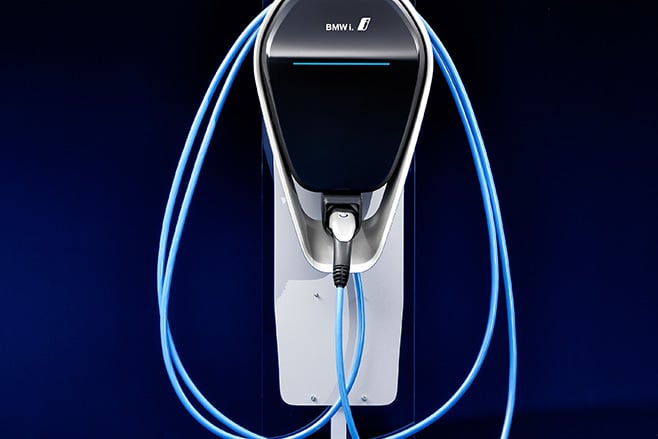
But if you’re planning a long drive, or you park on the street, you’ll be reliant on public charging infrastructure which is still way off the pace in Australia compared to other Western nations. But that’s only to say a long drive, or owning a street-parked electric vehicle, will take some additional planning.
Tesla owners enjoy their own charging network, but for all other EV drivers, websites like plugshare.com show the public chargers in your area, their outputs and what plug types they cater for.
Sadly in Australia, supply is waiting for demand, meaning our network is far from world-leading, however more chargers are being added all the time. (In Europe, it’s been not uncommon to find all public charge points in densely populated cities already occupied by EVs getting juiced up, and their public recharging network is much larger than ours.)
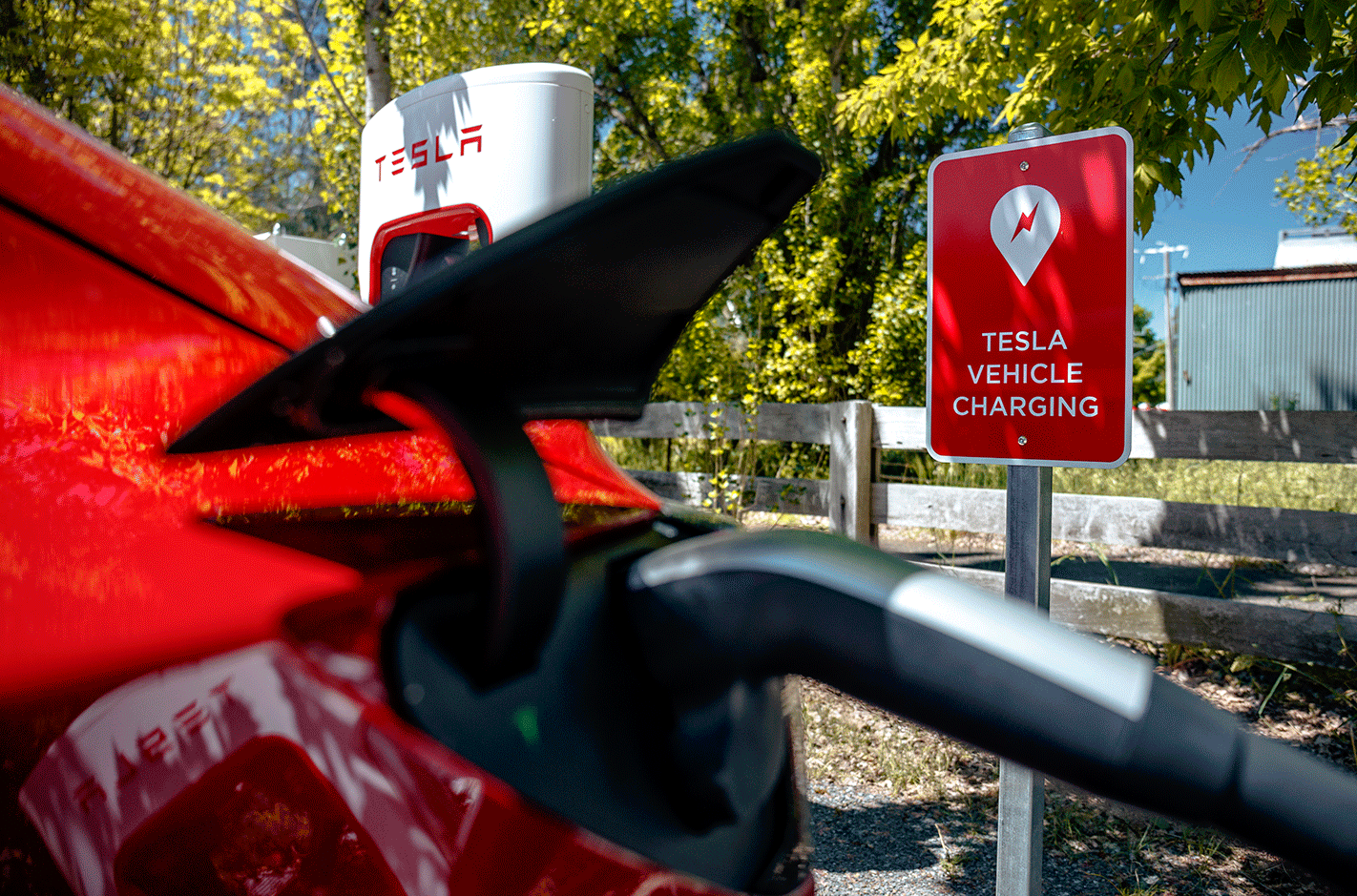
With outputs ranging from 25kW to a beefy 350kW, public recharging – despite being less convenient than just plugging in at home – can be a lot faster than home recharging.
To use some public chargers you’ll need to sign up with a provider like Chargefox, which is as simple as downloading an app. Chargefox then charges a per kWh rate. Many public recharge sites are currently free. Some manufacturers offer free or discounted charging via Chargefox – for example, buy an Audi e-tron and any public recharging is free for six years.
Lastly, if you live in an apartment complex, well, you’ll have to come to an agreement with your owners’ corporation if wall chargers aren’t already in the carpark. Same if you wish to recharge at your place of work, which could make a lot of sense if your car is plugged in all day while you’re at your desk, with the company taking care of the bill.
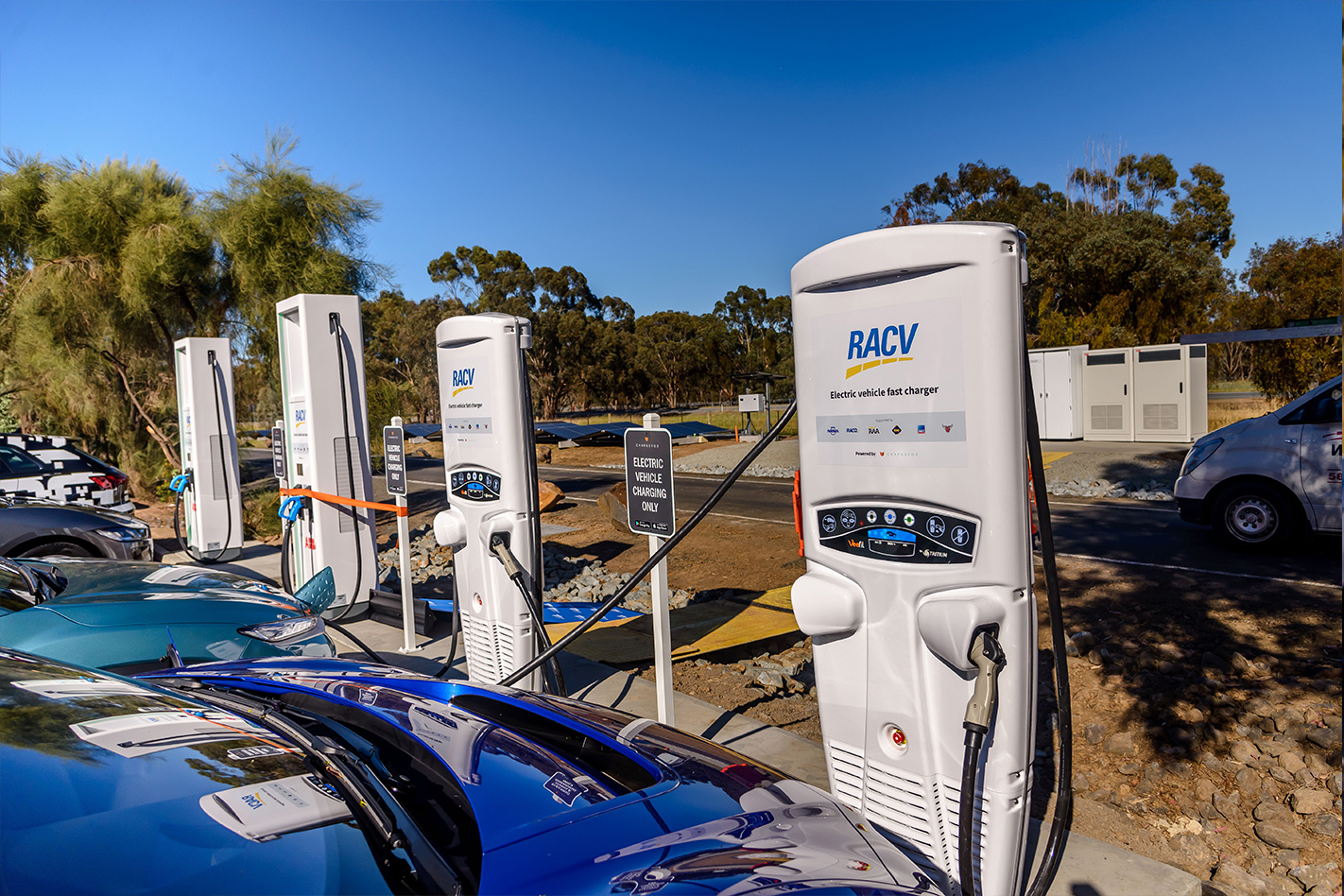
Is battery swapping the future?
No time to wait for your EV to recharge? In China, Tesla rival Nio is trialling battery-swap stations where you drive into what looks like an automatic car wash, and a machine swaps your depleted battery pack under the floor with a fresh one in less than five minutes while you sit in the car.
Nio already has 301 ‘Power Swap’ stations in China and has plans to operate 4000 by 2025, 1000 outside China, in what is shaping up as a philosophical challenge to Tesla’s Supercharger network.
UPDATE: New, comprehensive guide published
Since this story went live, we have published a more comprehensive guide to both home and public charging, along with an explainer on the different plug types seen in Australia. Get the full story at the link below.
NEED MORE?
VISIT OUR EV LANDING PAGE
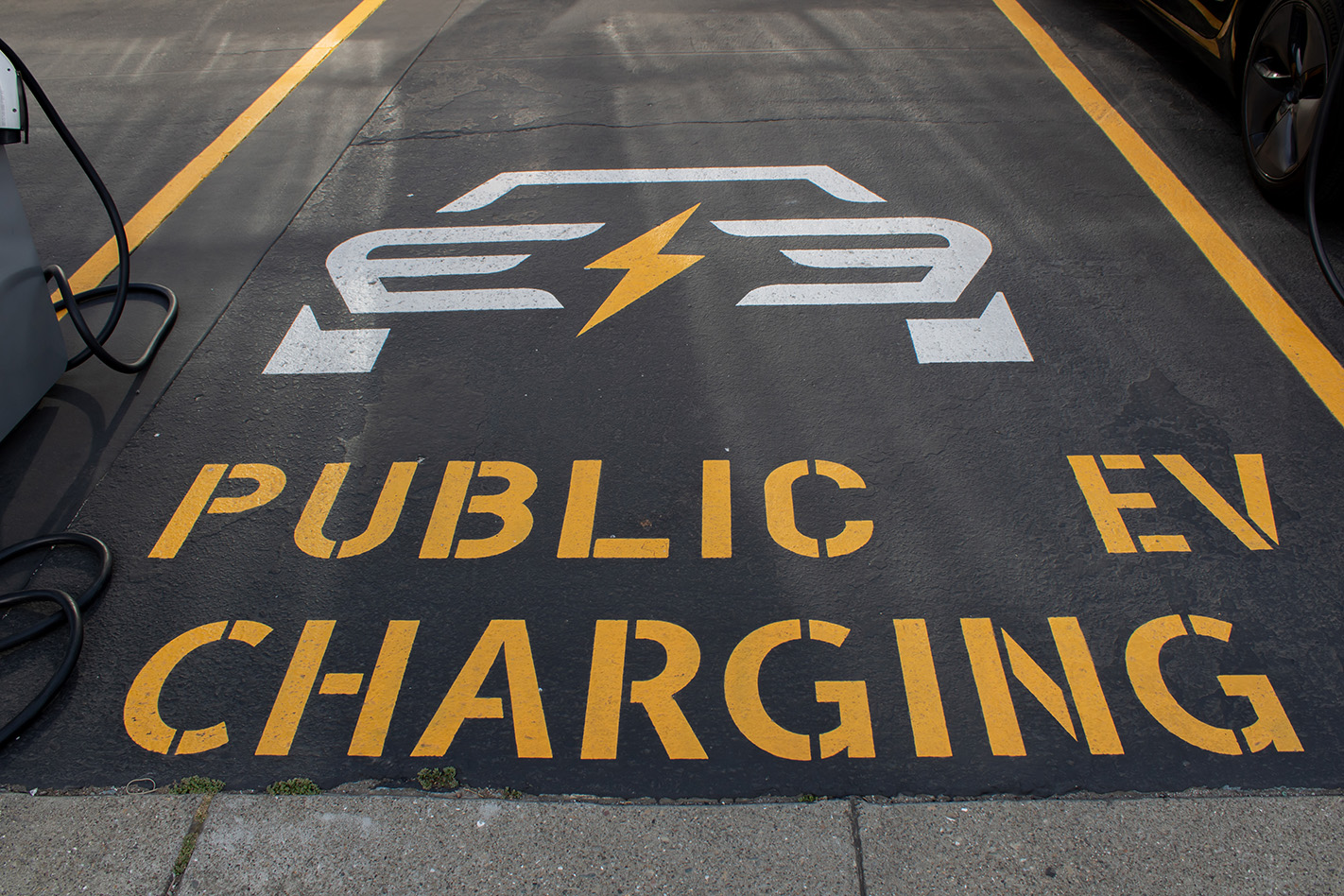
We recommend
-
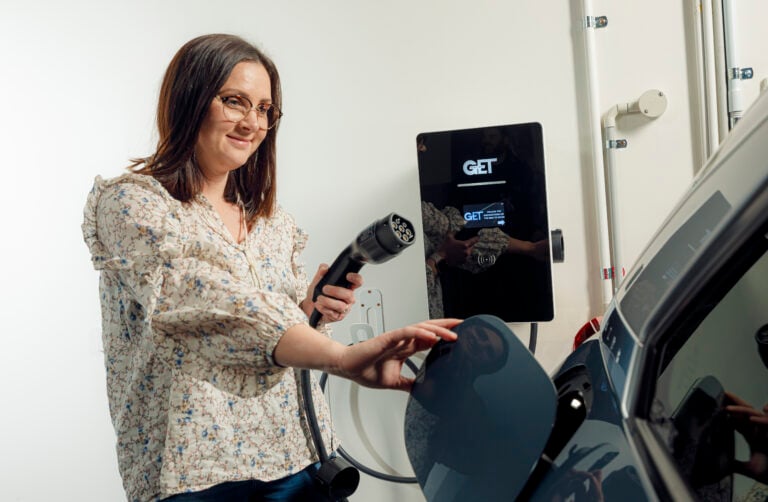 Advice
AdviceEV Charging Explained: Home & public charging, speed & plugs
Sponsored by GET Electric, this is a go-to guide to understand charging an EV at home or on the road
-
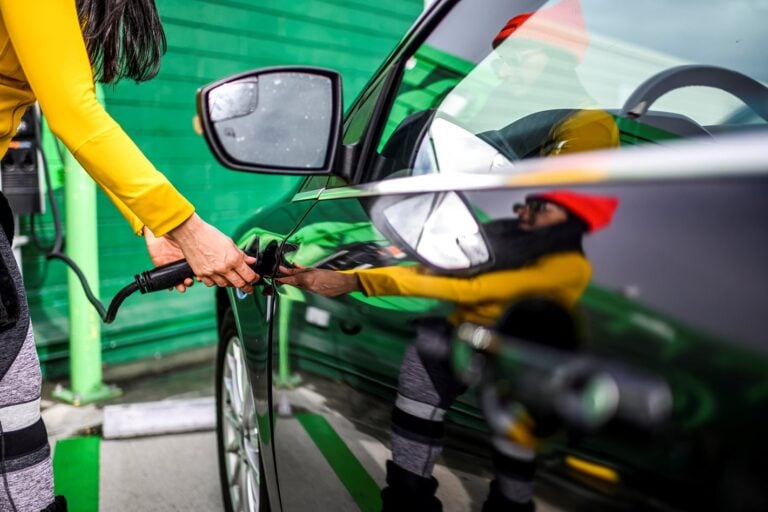 News
NewsFree EV charging network coming to Sydney
Sydney's dark green electricity kiosks will soon become part of a free, fast EV charging network
-
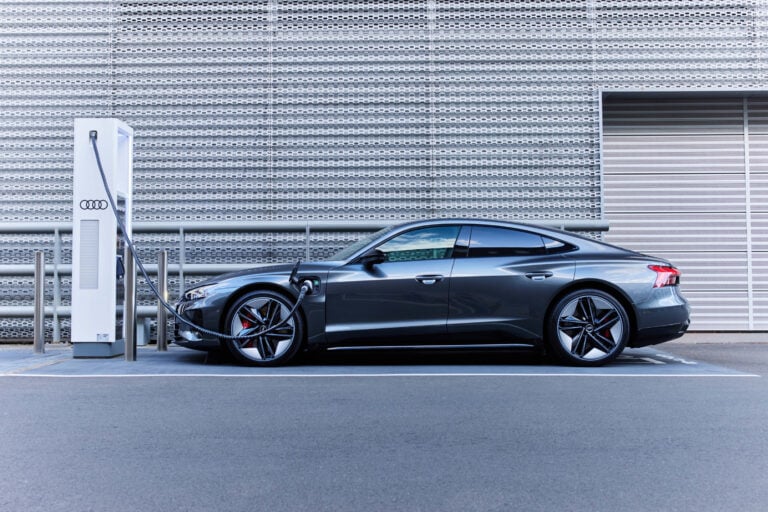 Advice
AdviceThese are the fastest-charging electric cars, if you're in a hurry
These are the quickest charging EVs in Australia, and why higher numbers isn't always best

